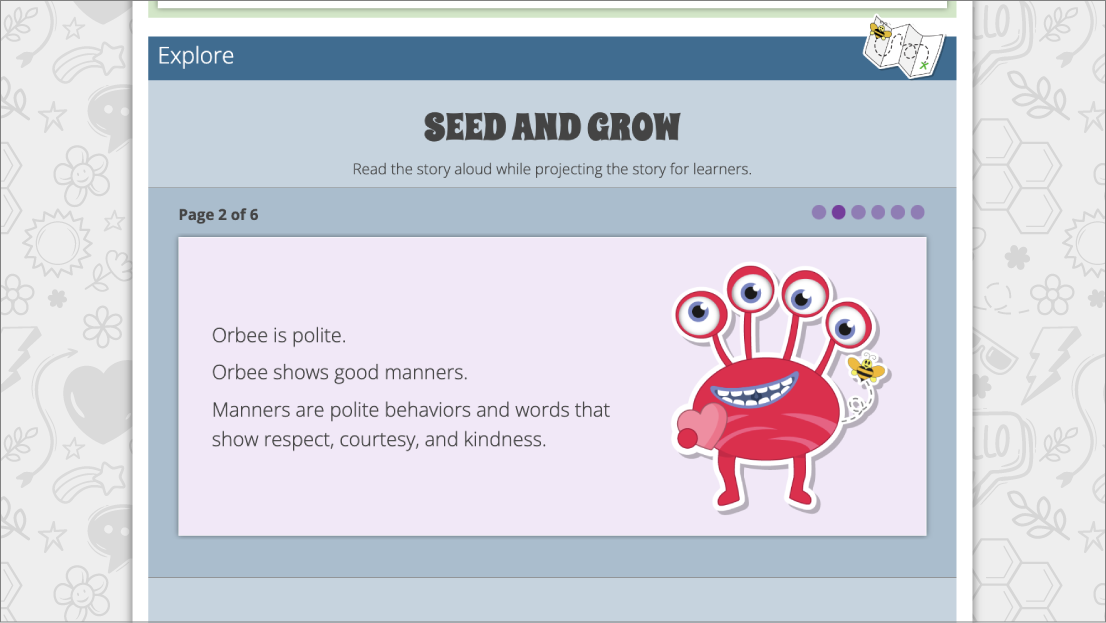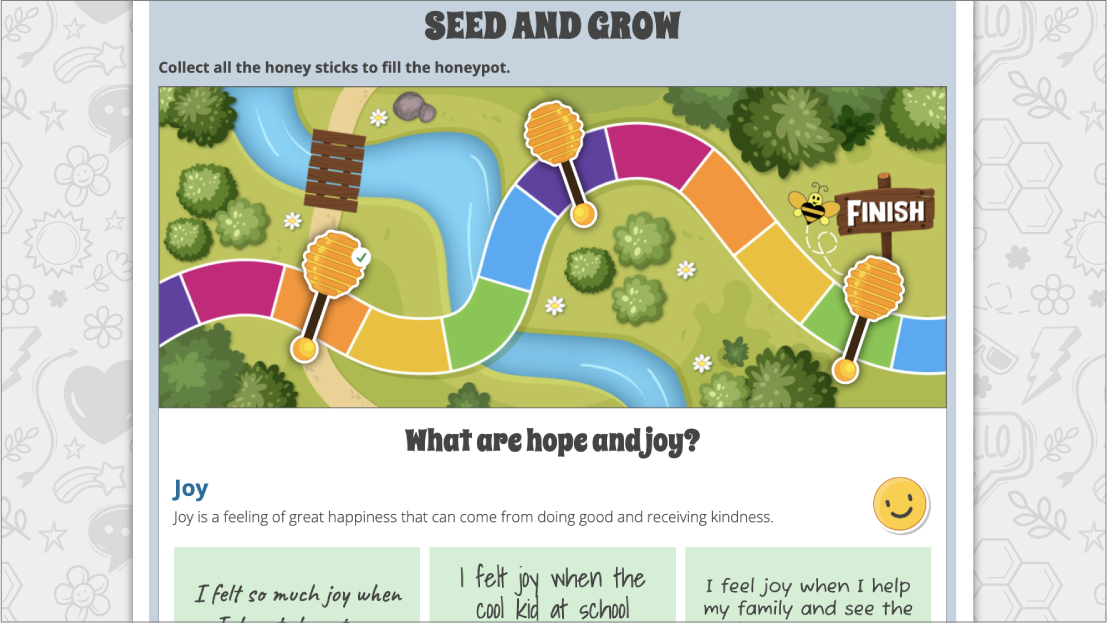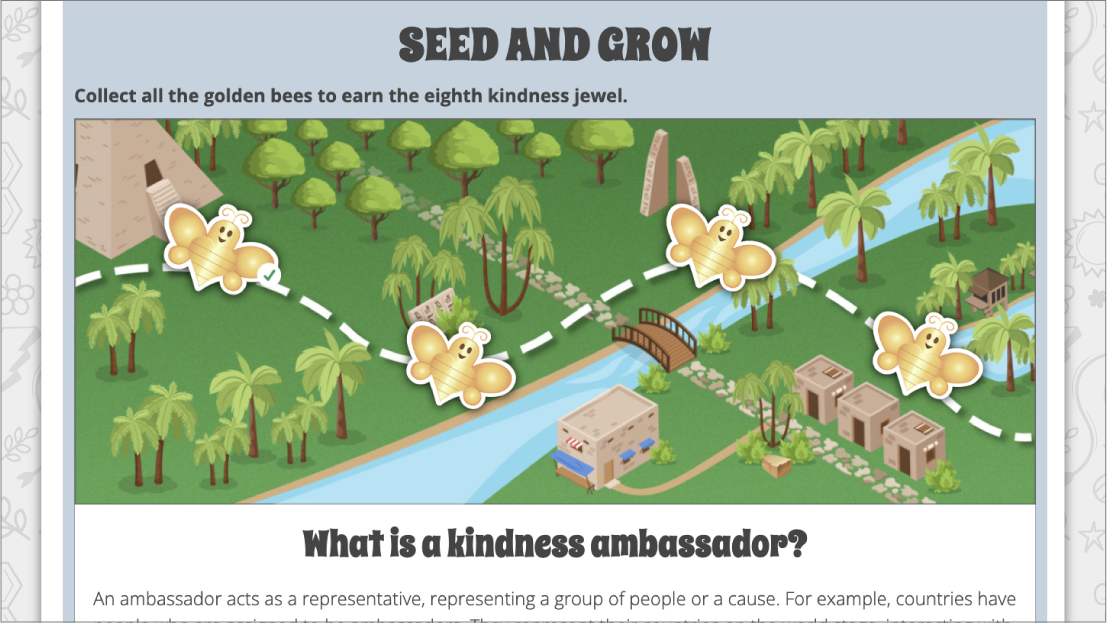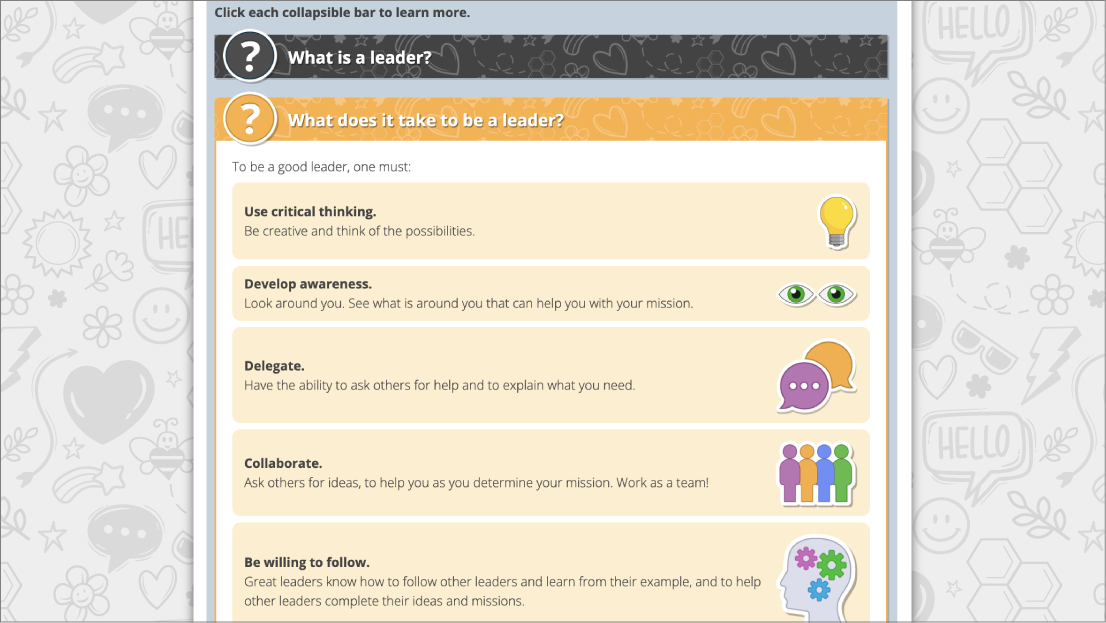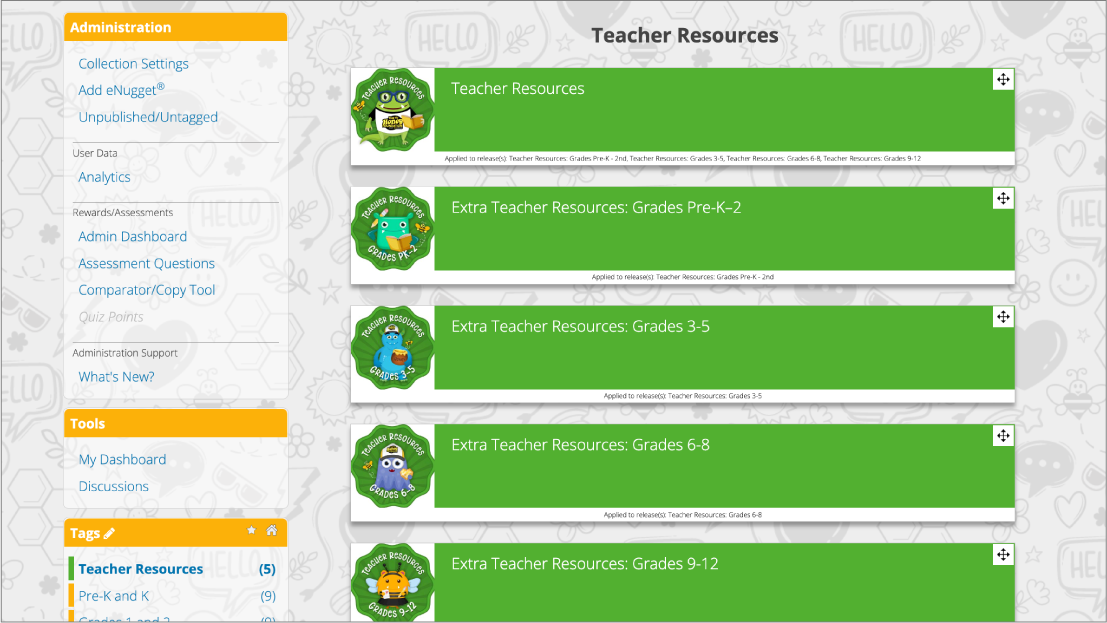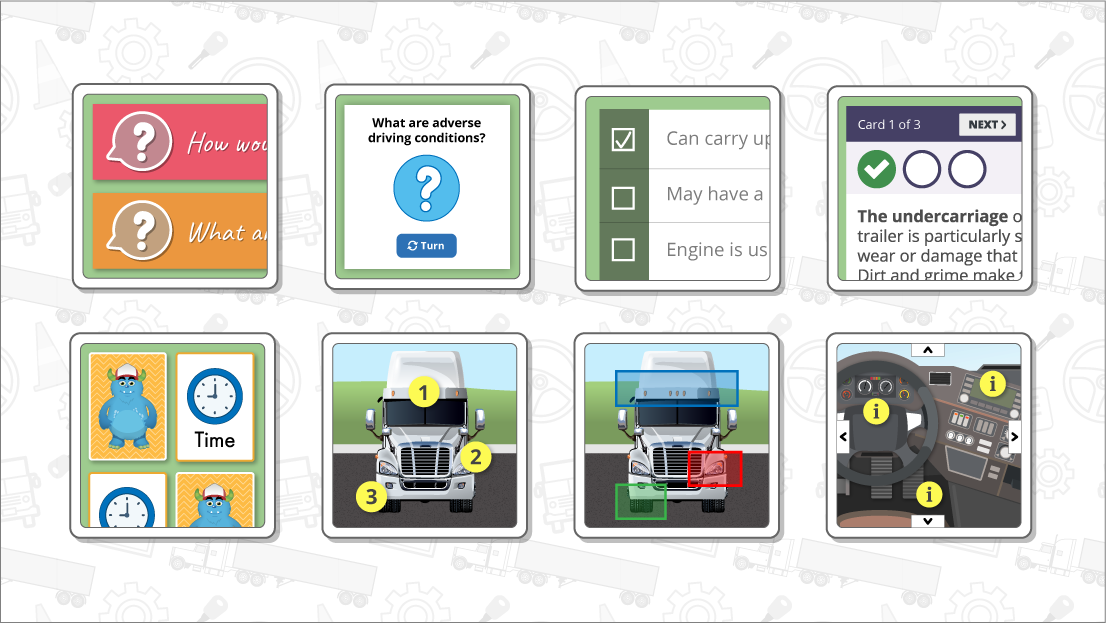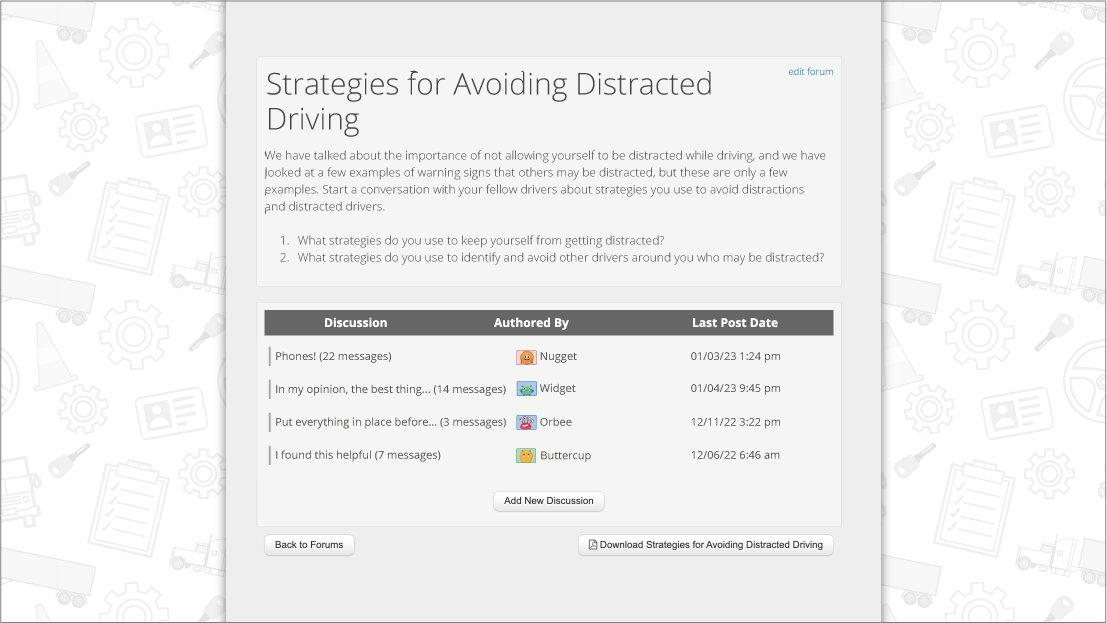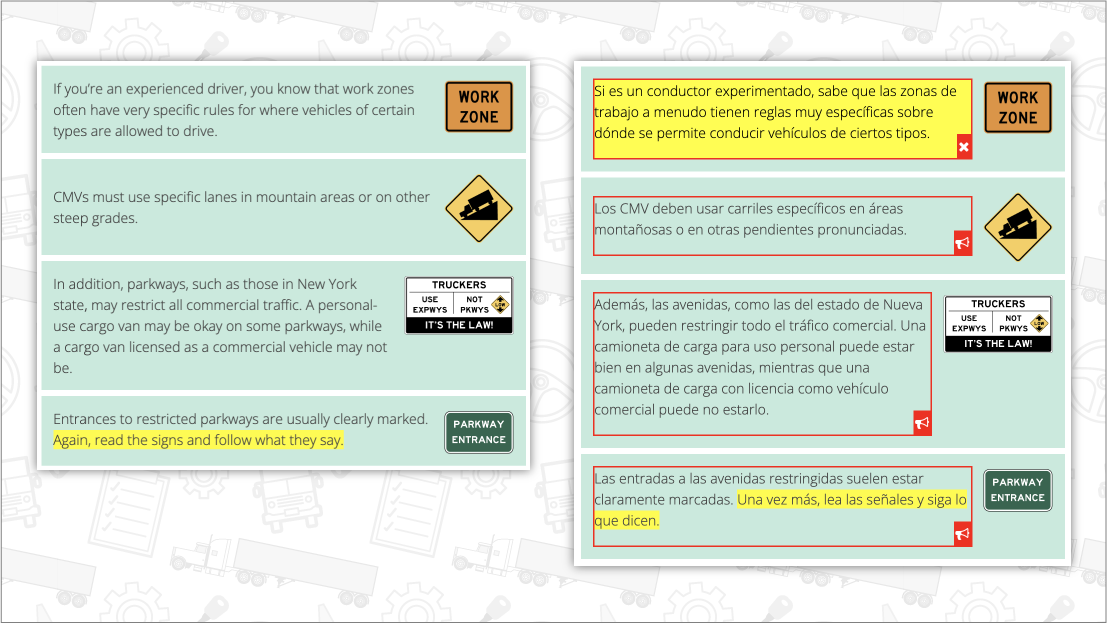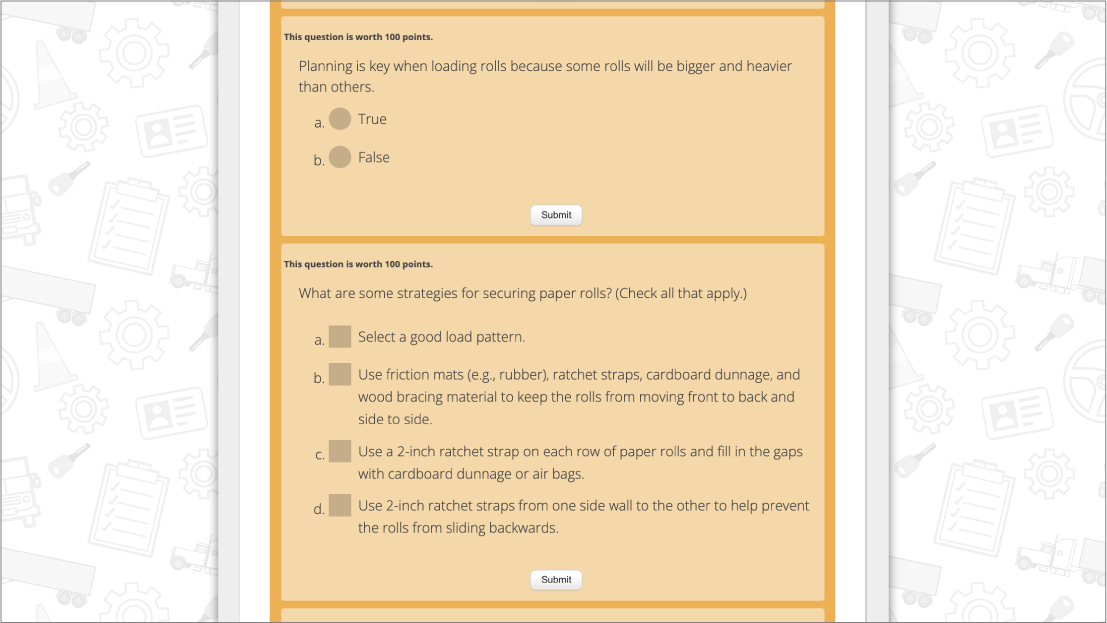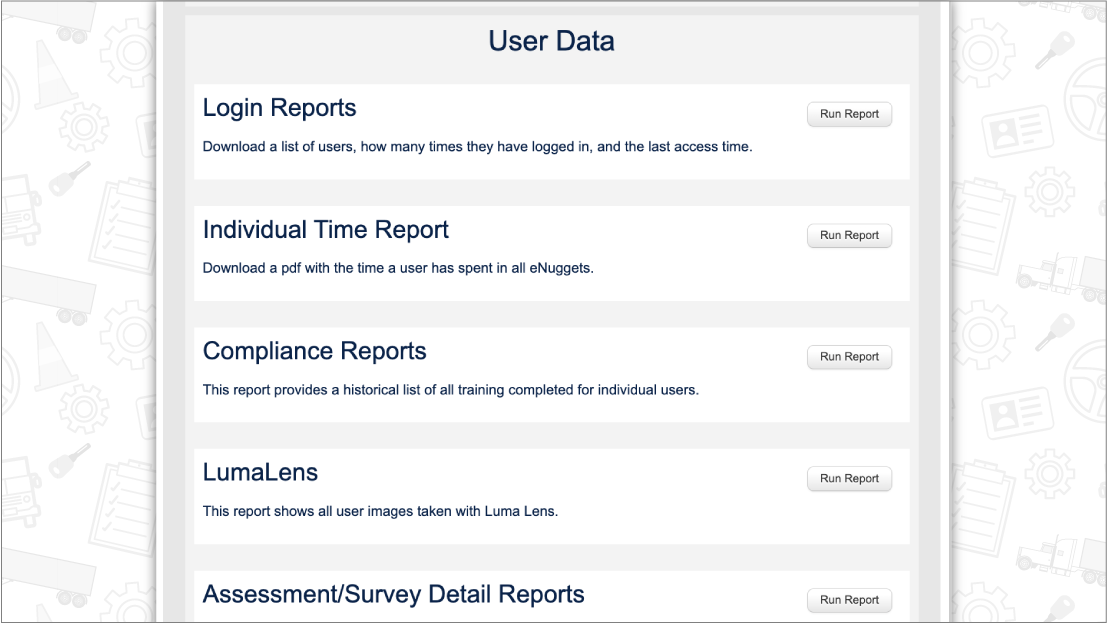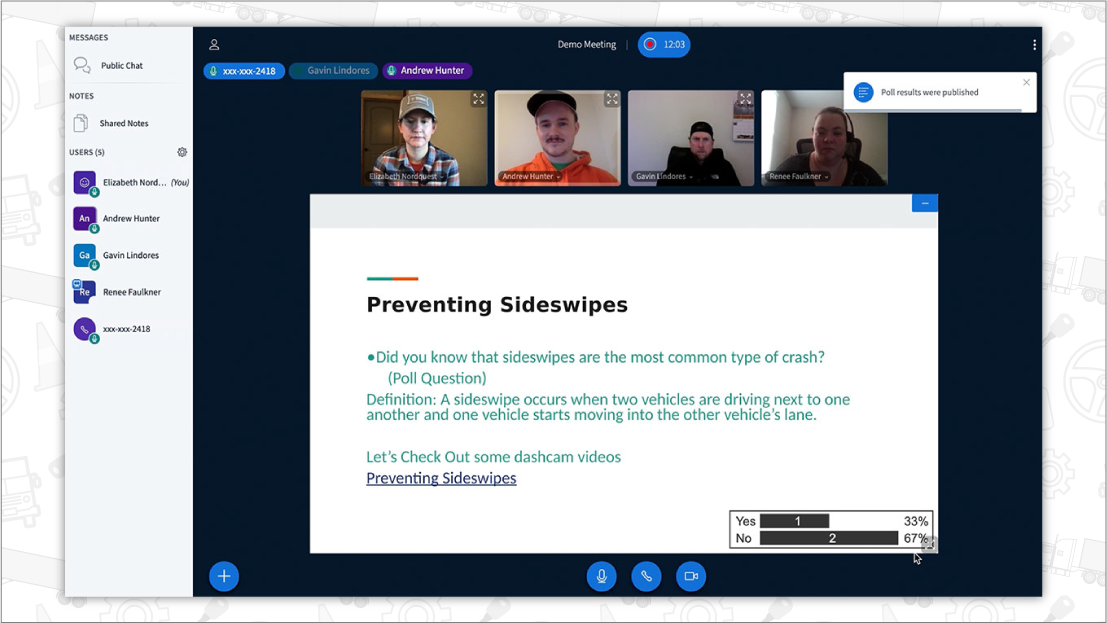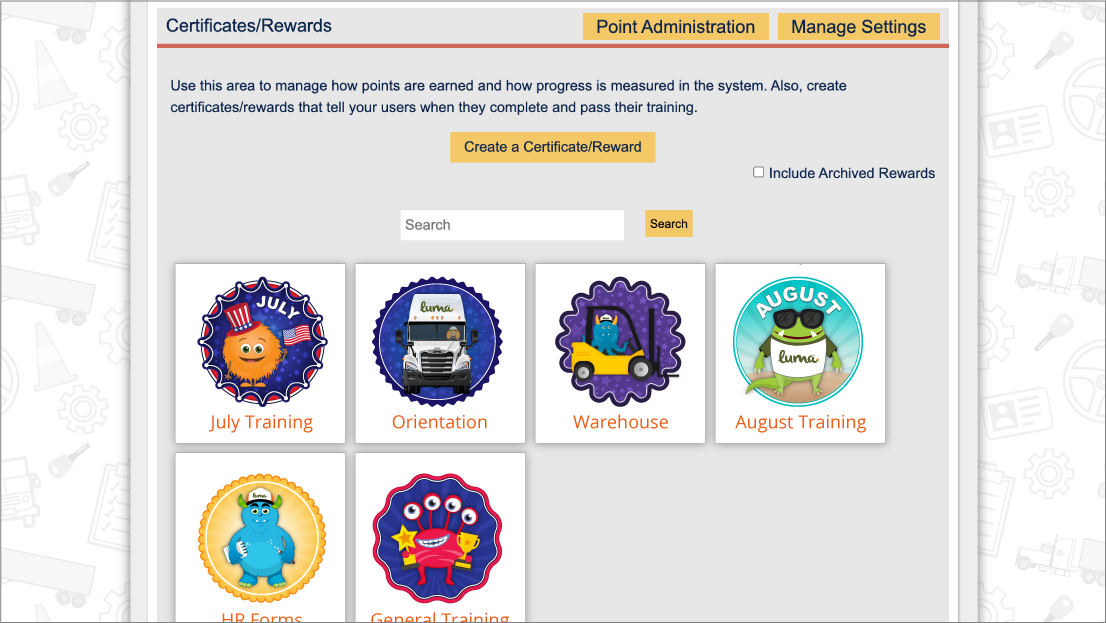![]()
Crash Preventability Determination Program
When FMCSA rolled-out the Compliance, Safety, Accountability program in 2010, it contained a glaring flaw: it included all DOT recordable accidents to calculate a carrier’s Crash Indicator BASIC score. This angered critics of the program, who argued including crashes that could not have been prevented by the commercial motor vehicle driver does not provide an accurate depiction of a carrier’s safety. This is especially true for smaller motor carriers, for whom a single not-preventable crash can have dramatic impacts on its Crash Indicator BASIC Score.
In response to this criticism, FMCSA developed the Crash Preventability Determination Program (CPDP), which allows motor carriers and drivers to request that crashes meeting certain criteria be considered not-preventable and be noted as such on their records. For motor carriers, this means having their CSA profile updated to note the determination and having their Crash Indicator BASIC score recalculated without the crash. For drivers, this means having their Pre-employment Screening Program, upon which many carriers base hiring decisions, updated to reflect the preventability determination.
This Learning Lesson will provide strategies for reviewing examples to help drivers or carriers determine if a crash is eligible for submission to the CPDP. It is based on a variation of the Frayer Model (Frayer, Frederick, & Klausmeier, 1969), a schemata for texting the level of concept mastery.
 Have your heard? Our Learning Lessons have been collected into a book available for purchase on Amazon.com! Teaching Without A Teaching Degree: Luma Learning Lessons contains 52 lesson plans and worksheets with 106 different teaching strategies designed for the trucking industry that can easily be adapted to suit any age and content topic.
Have your heard? Our Learning Lessons have been collected into a book available for purchase on Amazon.com! Teaching Without A Teaching Degree: Luma Learning Lessons contains 52 lesson plans and worksheets with 106 different teaching strategies designed for the trucking industry that can easily be adapted to suit any age and content topic.Our free Luma Learning Lessons include objectives, estimated time, materials and instructional procedures for classroom and online/blended teaching. We will provide strategies on how to use our new LumaLive technology to collaborate virtually in real-time. We include these pillars from our learning research to illustrate where they are infused in our lessons.
Interaction Types

For decades there has been discussions of interaction types in education. (Anderson, 2003) Most interaction types observed in driver training traditionally are learner to instructor or learner to content. Moreover, most interaction time with driver training and orientation is synchronous or at the same time. This Learning Strategy is going to help you think about ways you can hold training without a physical classroom.
Interaction Time
The following Lesson is broken down into two different interaction times.
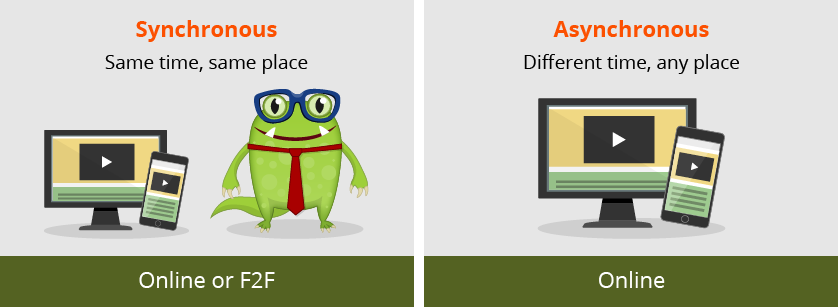
Objectives
|
||
Estimated Time30 minutes |
||
Materials
|
(or at the same time without a classroom)


 Poll. Ask how many have been involved in a crash. Then ask how many feel that this crash was not-preventable and should not have been put on their records.
Poll. Ask how many have been involved in a crash. Then ask how many feel that this crash was not-preventable and should not have been put on their records. Tell them that the FMCSA has come up with a means to prevent this in the future. Explain the Crash Preventability Determination Program (CPDP). This program allows motor carriers and drivers to request that crashes meeting certain criteria be considered not-preventable and be noted as such on their records. For motor carriers, this means having their CSA profile updated to note the determination and having their Crash Indicator BASIC score recalculated without the crash. For drivers, this means having their Pre-employment Screening Program, upon which many carriers base hiring decisions, updated to reflect the preventability determination.
Tell them that the FMCSA has come up with a means to prevent this in the future. Explain the Crash Preventability Determination Program (CPDP). This program allows motor carriers and drivers to request that crashes meeting certain criteria be considered not-preventable and be noted as such on their records. For motor carriers, this means having their CSA profile updated to note the determination and having their Crash Indicator BASIC score recalculated without the crash. For drivers, this means having their Pre-employment Screening Program, upon which many carriers base hiring decisions, updated to reflect the preventability determination.

 Set the challenge: It is your challenge to teach a new driver examples and non-examples of crashes that are eligible for submission to the CPDP. Option: You can give out prizes to the learners who are engaged and/or who complete the activity accurately.
Set the challenge: It is your challenge to teach a new driver examples and non-examples of crashes that are eligible for submission to the CPDP. Option: You can give out prizes to the learners who are engaged and/or who complete the activity accurately.- This activity can be done in small groups, individually, or as a large class. Use the Example and Non-Example Worksheet and have the learners write the following words in the clouds:
– Stuck in the Rear
– Struck on the side at the Rear
– Wrong Directions
– Illegal Turns
– Parked or Legally Stopped
– Failure of the Other Vehicle to Stop
– Under the Influence
– Medical Issues, Falling Asleep, or Distracted Driving
– Cargo/Equipment/Debris or Infrastructure Failure
– Animal Strike
– Suicide 
 This is a discovery type activity where you do not tell them the answers, but they come up with their thoughts and then compare their answers to the Crash Type Eligibility Guide Answer Key at the end of the activity.
This is a discovery type activity where you do not tell them the answers, but they come up with their thoughts and then compare their answers to the Crash Type Eligibility Guide Answer Key at the end of the activity.
- Have them come up with definitions in the top left box for each word in the cloud.
- Then have them draw an example of the word.
- They should come up with examples for each.
- Then, they should come up with non-examples for each.
- Once everyone is done filling out their worksheets, have them compare their answers to the Crash Type Eligibility Guide.


 Discuss what they had corrected and what they needed to add to their sheets.
Discuss what they had corrected and what they needed to add to their sheets.- See if they have any questions.
(or not at the same time)
- Send out through an LMS like Luma’s eNugget Learning Management System:
Build an assignment that is self-paced.


 Set the challenge: It is your challenge to teach a new driver examples and non-examples of crashes that are eligible for submission to the CPDP. Option: You can give out prizes to the learners who are engaged and/or who complete the activity accurately.
Set the challenge: It is your challenge to teach a new driver examples and non-examples of crashes that are eligible for submission to the CPDP. Option: You can give out prizes to the learners who are engaged and/or who complete the activity accurately.
Provide an overview of the CPCP (example provided): Either in text or recorded in a webinar technology like LumaLive. When FMCSA rolled-out the Compliance, Safety, Accountability program in 2010, it contained a glaring flaw: it included all DOT recordable accidents to calculate a carrier’s Crash Indicator BASIC score. This angered critics of the program, who argued including crashes that could not have been prevented by the commercial motor vehicle driver does not provide an accurate depiction of a carrier’s safety. This is especially true for smaller motor carriers, for whom a single not-preventable crash can have dramatic impacts on its Crash Indicator BASIC Score.
In response to this criticism, FMCSA developed the Crash Preventability Determination Program (CPDP), which allows motor carriers and drivers to request that crashes meeting certain criteria be considered not-preventable and be noted as such on their records. For motor carriers, this means having their CSA profile updated to note the determination and having their Crash Indicator BASIC score recalculated without the crash. For drivers, this means having their Pre-employment Screening Program, upon which many carriers base hiring decisions, updated to reflect the preventability determination.
 Include any company specific information.
Include any company specific information.
 Attach the worksheet: Include the worksheet with the assignment. You can put the worksheet in an eNugget® that you will assign. They can turn the worksheets into a File Drop that you turn on in the LMS or a discussion board. You can set the permissions for the discussion board so learners do not see each others’ posts until they post their assignment.
Attach the worksheet: Include the worksheet with the assignment. You can put the worksheet in an eNugget® that you will assign. They can turn the worksheets into a File Drop that you turn on in the LMS or a discussion board. You can set the permissions for the discussion board so learners do not see each others’ posts until they post their assignment. - Allow time for the learners to fill them out. Do not give them the answers until the assignment is over. Then, send out the Crash Type Eligibility Guide Answer Key.

 Post a discussion board where learners can share questions.
Post a discussion board where learners can share questions.
References:
Anderson, T. (2003). Modes of interaction in distance education: Recent developments and research questions. Handbook of distance education, 129-144.
Frayer, D., Frederick, W. C., & Klausmeier, H. J. (1969). A schema for testing the level of cognitive mastery. Wisconsin Research and Development Center for Cognitive Learning.

 Luma® is a learning and instructional design company that is always coming out with new training topics. Need something specific? Give us a call at (574) 807-8148 ext 5 or email
Luma® is a learning and instructional design company that is always coming out with new training topics. Need something specific? Give us a call at (574) 807-8148 ext 5 or email 